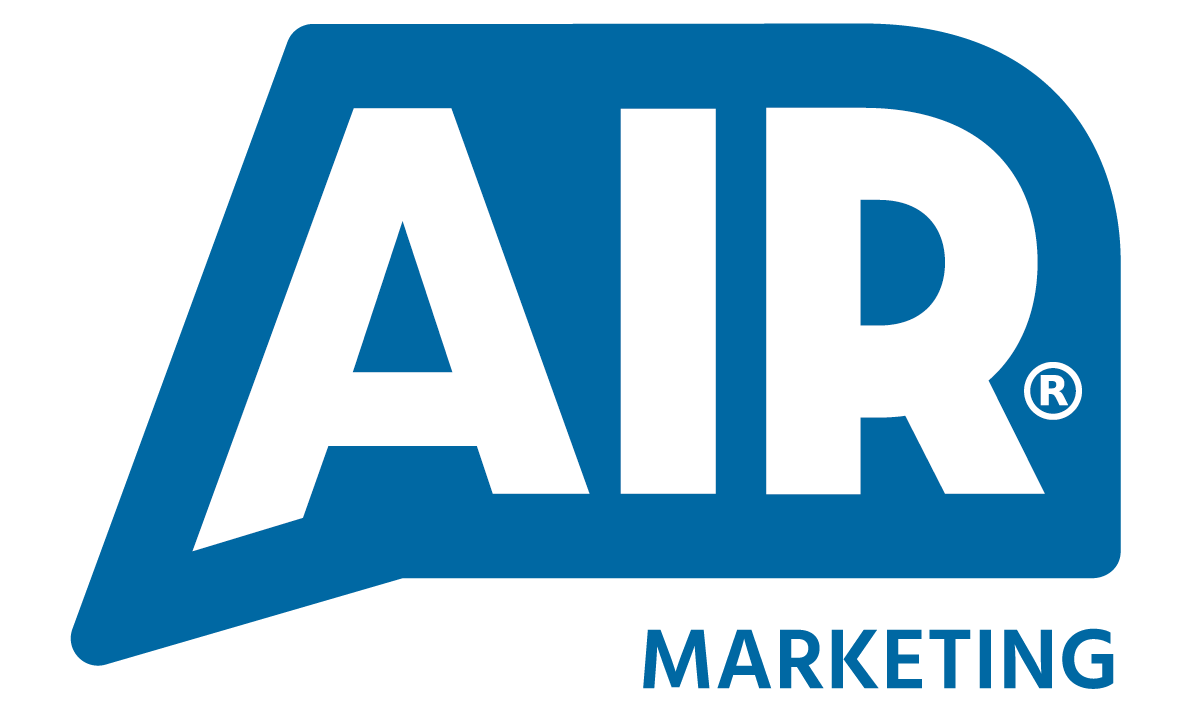Let’s not dwell on the obvious that Covid-19 has been tough for almost every business, in every country across the globe. But instead of this being a blog to discuss the challenges this pandemic has presented, the need for businesses to ‘pivot’ or indeed the ‘recipe’ to solve the problems we have been facing – this blog is going to focus on the thing that we can do something about – the future.
We don’t know what the state of the future looks like yet, but we know that collectively as businesses we must be responding to market changes, adapt and thrive to be successful. So, where do you start?
Time to review
Now is the time to review – look at what marketing activity and campaigns you have run previously. Take the time to really analyse the contributions they made to your business both from a brand, pipeline building and sales perspective. Use this review time to pick apart and really question what saw good return-on-investment (ROI), what learnings you can take and utilise in the future, and what you know you wouldn’t repeat.
This is true of all functions within your business, not just marketing. Investing the time in reviewing now will help you scope out the ‘plan of attack’ when the markets begin to turn.
Take this review and create a big picture
One of the recommendations we share with clients when we are working on strategies is to look at the bigger picture and then break that down into sub-sections or projects which fit within departments. The big picture should be holistic and joined up, driving the business in the chosen direction. Each departments’ goals and directions should then feed off of this overall picture.
For example – if your business is made up of direct customers and resellers, your overall big picture goal might be to move your business towards a model that sees 75% of your sales coming from resellers and 25% coming from direct customers. If your marketing team then went away and spent 60% of your marketing budget with a campaign focused purely on driving more direct customers into the business rather than resellers – it would be totally misaligned to the big picture direction of the business.
Each key department needs to understand the big picture, be bought into the journey and have departmental goals that are aligned.
Re-strategise
Many businesses will have had a strategy they were working towards before Covid-19 struck. A small number of businesses may be able to continue working on this strategy if it is still correct to their business and they were not as affected by the pandemic.
For everyone else, it’s time to re-strategise with your big picture in mind.
For many businesses, the pandemic will have lost you customers who cancelled, paused or simply didn’t begin working with you at the time. For some businesses it will have lost you staff, and you are now facing running the business without certain skills or the same amount of resource available to satisfy your strategy.
You need an up-to-date strategy that is going to work for your business of today, not your pre-Covid-19 business. Not only have you changed, but your market is likely to have changed also – buying confidence levels are unlikely to be where they were a few months ago, so how you engage with your market maybe different. Your conversations maybe different, your pipeline timings, content may need to change, and ultimately your sales process may actually be longer or shorter and you have to be prepared for that.
A step ahead
Being a step ahead, even if the prospect of the future is unsure is healthy for your business. Utilising the time to review, begin to re-strategise, take time to understand the current economy and start responding to market changes.
“It is not the strongest of the species that survives, nor the most intelligent that survives. It is the one that is most adaptable to change.” – Charles Darwin
If you’d like our help with marketing strategy, get in touch today or call us on 01392 796702 to find out how we can help your business. Our sister company Air Marketing has more advice on responding to market changes in their blog: Whatever you do, don’t stop selling.










